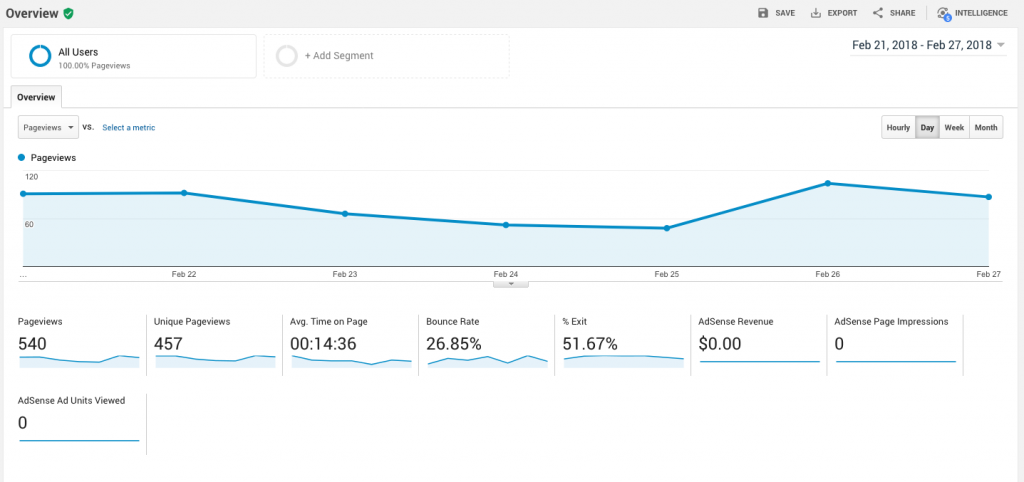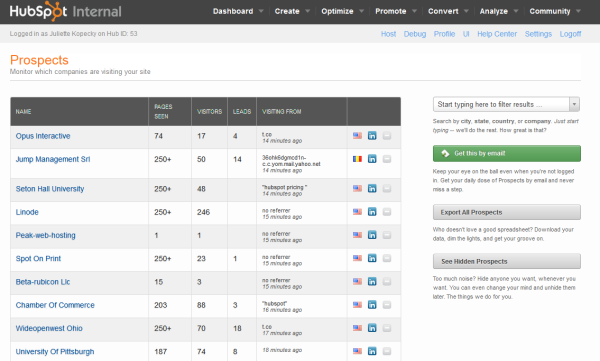- Digital Marketing
- Web Design
- Updated 08/19/2025
Website Tracking & Monitoring Tools
Summarize this post

The work of making a website is never done. Once you put up the initial site, you need to examine data from various sources and adjust your site accordingly. This ongoing feedback loop is important because over time it can lead to more conversions, more sales and more of what you want overall. Any trackable data is an opportunity for learning. Where to start? We’ve broken the various tools down into five categories of tracking to consider.
Behavior Data
Even marketing beginners are familiar with behavior data. Think of those retro HTML counters on a Geocities website that told you how many visitors came to the site. That’s an early version of behavior data tracking!
Now there are some truly amazing tools that give a lot of data in the field of website analytics. Google Analytics is probably the most popular one, and it’s free. Using this service, you can learn a lot about how users found your site, what they do when they are on it and how well your pages are converting, whether that means buying something or filling out a form. No website is complete without Google Analytics.
Heatmaps/Scrollmaps
A heatmap is a simple visual tool that tells you where website visitors click the most. It’s an easy-to-read metric that gives you some great data with one glance. We often use HotJar, a premium service that gives you not only heat maps for your site, but also live tracking of how users click and move their cursor. This gives valuable information about how consumers are making purchases and learning about your products. You can find out if your efforts are truly effective.
Session Recording
There are tools that can record everything about how people are using your site. This is generally called session recording. Full Story is one such tool, and as the name would suggest, it really does give you the whole story. It can even track things like “rage clicks,” which calls attention to features on your site that aren’t working, and can remember users who put something in their cart but didn’t purchase. The most powerful part of Full Story is the strong back end that easily helps you find out the most specific data about how people are using your site.
Inbound Tracking
Inbound marketing is basically everything you do online to lure customers to your business. It consists of creating a great website with awesome content, using effective SEO tactics and having active social media channels. These efforts create a lot of data. Luckily, there are quite a few tools to track.
We recommend HubSpot, which has a Marketing Hub and a CRM. When you use both together, you can easily have every customer interaction on record. You can then use that data to report on how your inbound efforts and adjustments affect sales and conversions. Act On is another product that combines easy, automated marketing with analytics. They have specific reporting features that help show the exact ROI for specific inbound tactics. Finally, we also recommend Marketo. Their powerful and popular program tracks how income is tied to specific marketing efforts.
Split Testing
Split testing is often known as A/B testing. This is when you display two (or more) different landing pages to site visitors at random to find out which one results in the best conversion rates. Google Optimize might just be the best tool out there for this. They have an easy-to-use interface that lets you create landing pages pretty quickly, which means marketing teams do not have to wait for the tech department to create something for a test. It works easily with Google Analytics and allows you to come up with the most effective site.



